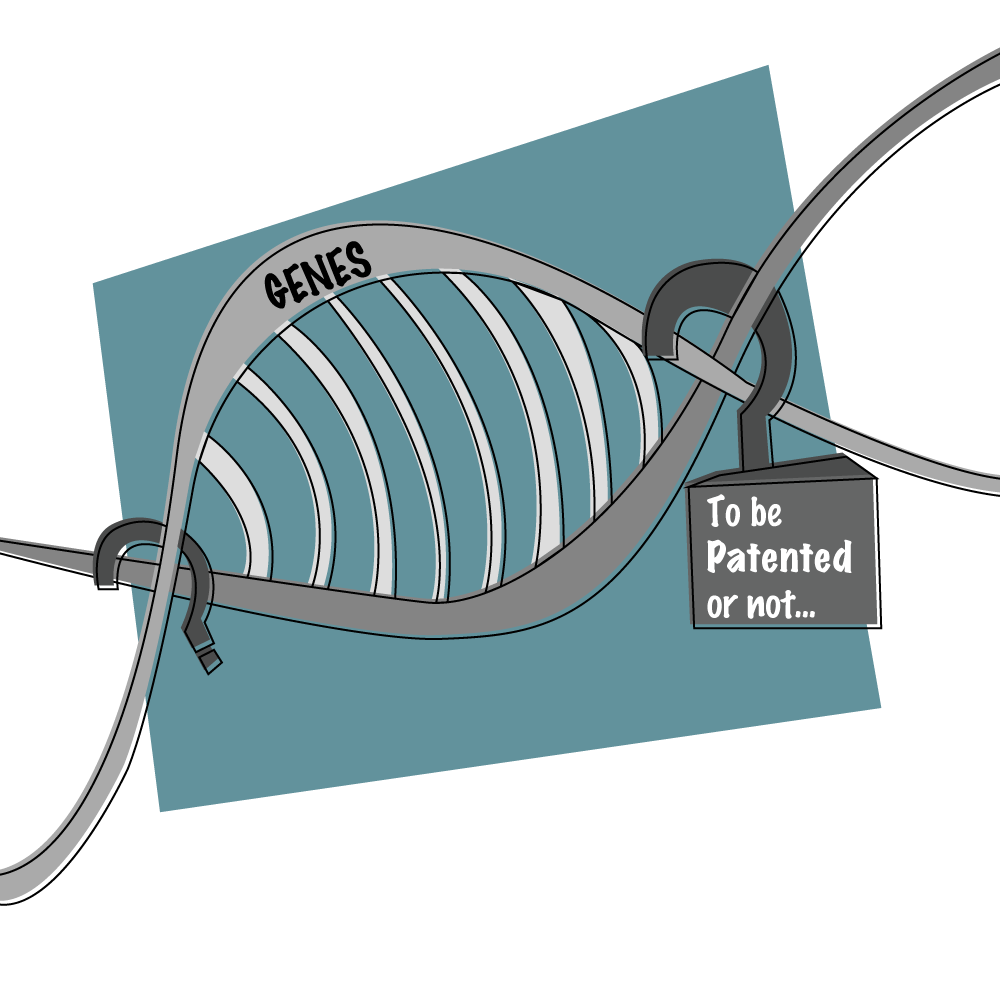Gene Patenting in India

Introduction
The field of biotechnology with its robust and exponential growth has been a key factor in aiding the overall development of the country. Ever since the discovery of the structure of DNA in 1953, scientists have identified sequences and functions of these molecules and found ways to manipulate the sequence of these molecules to help with industrial needs.1 Gene patenting refers to “patenting a process of manipulating DNA and chemical substances related therewith, gene sequences and fragments of gene that are not present in their natural state in nature.”2 There are three types of inventions with regards to gene patents; (i) Diagnostics which involves patenting methods that test for genetic differences, (ii) Compositions of Matter deal with patents filed to protect inventions that arise from combining different genetic material (drugs and vaccines) and (iii) Functional use i.e., discovering the roles of different types of genes that cause diseases.
Gene Patenting in India
The central statute on the laws relating to Patents in the nation is the Indian Patents Act, 19703 Section 3(c) of the Indian Patents Act, 19704 explicitly prohibits patenting the discovery of any natural occurrence, whether it be a live organism or a nonliving substance. Further, Section 3(j)5 objects to the patentability of plants and animals, in whole or in part, besides micro-organisms, but including seeds, varieties, and species, and fundamental biological methods for multiplication of plants and animals. Section 3(j) was added in the Patents (Amendment) Act, 20026 and addressed the argument that since the law only addressed plants and animals in their whole, leaving unclear whether a gene, which is a component of a plant or animal, might be copyrighted by prohibiting patenting of plants and animals, be it in whole or part. However, a volte-face in India’s stance was observed when the Draft Patent Practice and Procedure Manual7 was presented in 2005 with an annexure devoted exclusively to biotechnological and pharmaceutical innovations. The annex contained that biological materials including recombinant DNA and Plasmids, as well as their production procedures, are patentable if the process involves significant human intervention. In relation to section 3(j) it expressly stated that the procedure of producing Genetically Modified Organisms, on the other hand, is patentable subject matter. This annexure was omitted from the 2008 Draft Manual8 for unknown reasons. It laid out under the ‘unity of invention’ that the following may be claimed for protection when a genetically modified gene sequence/amino acid sequence is unique, incorporates an innovative step, and has industrial applicability including the Genes/amino acid sequence, technique of expressing the preceding sequence, Immunoglobulins to that protein/sequence and kit produced through the antibody/sequence. The definite Manual of Patent Practice and Procedure, published in 20119 eliminated the necessity of ‘substantial human interaction’.
Criterion for Gene Patents in India
Upon discussing the permissible procedures for patenting genetic material, the criterion for obtaining a gene patent should be understood. By virtue of section 2(1)(j), Novelty becomes the first essential criteria to be met. Novelty signifies that the subject matter should not have been published anywhere in the world before the date of filing for patents. The criterion of novelty, in case of gene patenting is easily met as they are considered chemical entities in most patent offices. Chemical entities that are purified and isolated from the form in which they occur are usually considered to be novel. Non-Obviousness, the second criterion is ascribed to an innovation when it would not have been entirely obvious to a skilled person in that particular field, considering the level of knowledge in it. Factors such as potential success in experimentation and new properties claimed are given extensive importance while determining the non-obviousness criteria. With specific regards to the field of biotechnology, an invention is obvious if any previous art has been the motivation and it has aided as skill to the new invention.10
Analysis of Judicial Decisions in India
The case of Dimminaco A.G. v. Controller of Patents & Designs (2001)11 played a beacon-like role in the realm of micro-biological exploration and testing in gene patenting in India. Dimminaco A.G applied to patent an invention affiliated with the method of the concoction of a vaccine that consisted of a live virus. The patent application was scrutinised by the Patents Officer Examiner as provided under Section 12 of the Patents Act, 197012 and was rejected on the grounds that, as per Section 2(j) of the Act, the vaccine did not account for an invention13
The Calcutta High Court held that there are no limitations that have been imposed by law in the aspect of patenting a process/method and as the process that has been attested in the patent application was “new and novel” the method was patentable as per Section 5 of the Act.14 In the case of Monsanto Technology LLC v. Nuziveedu Seeds Ltd (2019),15 Monsanto claimed that Nuziveedu infringed the patent rights on a genetically modified seed variety owned by Monsanto. The Division Bench held that “genetically modified plants, genetically modified seeds, and gene sequences that provide genetic traits to plants are not patentable subject matter in India”16
The Supreme Court set aside the decision and re-examined the case over again. The Supreme Court has not yet given its decision regarding the patenting of isolated DNA and cDNA. However, in the last few years, it has been possible to patent cDNA in India. The Japanese Encephalitis Virus cDNA was granted patent as it was “new and novel” as under Section 2 of the Patents Act, 197017
International View of Gene Patenting
The implementation of the Trade-Related Aspects of Intellectual Property Rights18 (TRIPS) agreement by the World Trade Organization (WTO) was crucial to the global standardisation of patent regimes. The TRIPS Agreement establishes minimum enforceable criteria for the protection of intellectual property in the 159 member nations of the World Trade Organization. Despite the fact that these baseline criteria have resulted in a core consistency in patent laws, member states often vary in terms of substantive and adjective law. Plants, animals, and other substantially biological processes are prohibited from patentability under article 27(3) of the TRIPS Agreement19 Notably, TRIPS does not envisage this prohibition applying to the patenting of genetic material, including DNA sequences, and is mute on the matter. However, the TRIPS Agreement is not rigid with the example of Article 8, which permits member states to implement appropriate measures to preserve public health and nutrition that may be used to restrict the patenting of genetic material. Further, TRIPS takes into consideration the public and morality exemption, which member states may utilise to ban the patenting of genes due to ethical and social considerations. The third amendment of the Indian Patent Act20 went into effect in 2005 to make the Patents Act completely consistent with TRIPS. In this context, it was crucial to redact Section 5 of the Indian Patents Act, 1970, titled ‘Inventions where only methods or processes of manufacture patentable’ in order to permit product patents in the biotechnology, chemical, and pharmaceutical industries. The international debate on patentability of genes came to the fore in the case of Association for Molecular Pathology v. Myriad Genetics, Inc.,21 which involved Patent rights on the DNA code that signals a cell to make BRCA amino acids and cDNA code segments. The Supreme Court noted that if they accepted Myriad’s claims, it would provide them the exclusive authority to extract an individual’s BRCA genes and to synthesise BRCA cDNA, hence and disallowed the patent issuance. The patent system in India has taken many cues from the United States’ legal framework in this area. Therefore, it is curtailed by the Myriad ruling, which sees inconsistency with landmark judgements.22
Conclusion
Gene Patenting has been a controversial subject for the reason that empowering “inventors” with rights over genes would lead to limiting the course of medical management and its progress in-turn, giving rise to conflicts between the rights of people who require the usage of such genes to cater towards healthcare and Intellectual Property Rights.The inconsistent Myriad decision,23 makes it clear that a consensus that is all-encompassing on gene patenting is yet to be reached both within India and Internationally.
References
| ↑1 | Ravi, Bhavishya. “Gene patents in India: gauging policy by an analysis of the Grants made by the Indian patent office.” Journal of Intellectual Property Rights (2013). |
| ↑2 | Raghavendra, Archana. “Gene Patenting: An Indian Perspective – Patent – India.” Gene Patenting: An Indian Perspective – Patent – India, InvnTree Intellectual Property Services Pvt. Ltd., 29 June 2021, https://www.mondaq.com/india/patent/1085392/gene-patenting-an-india-perspective. |
| ↑3 | Indian Patents Act, 1970, Acts of Parliament, 1970(India). |
| ↑4 | Indian Patents Act, 1970,§ 3(c), Acts of Parliament, 1970(India). |
| ↑5 | Indian Patents Act, 1970,§ 3(j), Acts of Parliament, 1970(India). |
| ↑6 | Patents (Amendment) Act, 2002, Acts of Parliament, 2002(India). |
| ↑7 | The Draft Manual of Patent Practice and Procedure, 2005. |
| ↑8 | The Draft Manual of Patent Practice and Procedure, 2008. |
| ↑9 | The Manual of Patent Practice and Procedure, 2011. |
| ↑10 | Lakshmikumaran, Malathi. “Patenting of genetic inventions.” (2007). |
| ↑11 | Dimminaco A.G. v. Controller of Patents and Designs, (2002) I.P.L.R. 255 (Cal). |
| ↑12 | Indian Patents Act, 1970,§ 12, Acts of Parliament, 1970(India). |
| ↑13 | Indian Patents Act, 1970,§ 2(j), Acts of Parliament, 1970(India). |
| ↑14 | Indian Patents Act, 1970,§ 5, Acts of Parliament, 1970(India). |
| ↑15 | Monsanto Technology LLC v. Nuziveedu & Ors AIR 2019 SC 559. |
| ↑16 | Ibid. |
| ↑17 | Indian Patents Act, 1970,§ 2, Acts of Parliament, 1970(India). |
| ↑18 | Agreement on Trade-Related Aspects of Intellectual Property Rights, Apr. 15, 1994, 1869 U.N.T.S. 299, 33 I.L.M. 1197. |
| ↑19 | Art. 27(3), Agreement on Trade-Related Aspects of Intellectual Property Rights, Apr. 15, 1994. |
| ↑20 | Indian Patents (Amendment) Act, 2005 [No. 15 of 2005) (4 April 2005)]. |
| ↑21 | Association for Molecular Pathology v. Myriad Genetics, Inc., 569 U.S. 576 (2013). |
| ↑22 | Diamond v. Chakrabarty, 447 U.S. 303 (1980). |
| ↑23 | Supra note. 21. |

